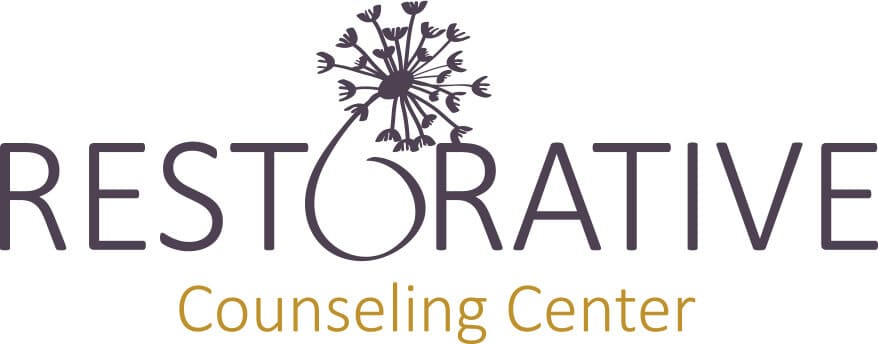Welcome back to this two-part series on boundaries. If you need to catch up, check out last week’s blog to understand what boundaries are, examples of what we have the responsibility in our lives to own, and the benefits of setting boundaries. This post will cover things to consider when developing healthy boundaries. Remember, boundaries are fences, not walls.
Expect resistance
Setting up boundaries can be hard, especially if you have been living a life of loose or nonexistent boundaries. Expect to come up to some resistance, from others and from yourself. In the process, you may experience feelings of guilt, fear, and grief. Be prepared. Knowing your “why” will help to be the driving force and keep your momentum going. As Cloud and Townsend point out in their best seller “Boundaries,” our ultimate motivation should be obedience to God, but also past pain and disappointment are common reasons to get boundaries in place.
Examples of boundaries
Below is a list of some examples of boundaries that Cloud and Townsend give in their book:
- Skin – “Your physical self is the first wat that you learn that you are separate from others” (p.36).
- Words – “The most basic boundary-setting word is no” (p.36)
- Truth – “Many people live scattered and tumultuous lives trying to live outside of their own boundaries, not accepting and expressing the truth of who they are” (p.37).
- Geographical distance – “Sometimes physically removing yourself from a situation will help maintain boundaries. You can do this to replenish yourself…” (p.37).
- Time – “Taking time off from a person, or a project, can be away of regaining ownership over some out-of-control aspect of your life where boundaries need to be set” (p.38).
- Emotional distance – “Emotional distance is a temporary boundary to give your heart the space it needs to be safe; it is never a permanent way of living” (p.38).
- Support network – Sometimes we “need to depend on others to help you set and keep boundaries” and “give you the strength to say no” (p.39).
- Consequences – “Consequences give some good ‘barbs’ to fences. They let people know the seriousness of the trespass and the seriousness of our respect for ourselves” (p.40).
Areas where boundaries are needed
- Family
- Friends
- Spouse
- Children
- Work
- Self
- God
The “Boundaries” book has so much more to say about all of this. If this is an area you struggle in your life, I highly recommend getting this book and diving in. There just isn’t the space in a blog to go through each of these in depth.
Enlist the help of a professional
This process can be one of the most complex, complicated, and multi-layered journeys my clients embark on; although, reading the “Boundaries” book is an excellent first step. That being said, enlisting the help of a trusted mental health professional is a much needed step for many. Walking through this process brings up a lot of emotions for people and it can be helpful to step into it with a guide. It may be difficult work, but it is one of those areas where client’s see the most gain in their lives. remember, like Part 1 highlighted, there is freedom that comes with putting up these fences in our relationships. Contact us to start the conversation about how counseling can help.
About the author
Nicole Fryling, MA, LLPC counsels women who feel anxious, overwhelmed and stuck, and want to be empowered to create peace, joy and fulfillment in their lives. She does this by blending together proven psychological tools and techniques with the therapeutic framework Scripture provides. Of all of the hats Nicole wears (wife, mother, counselor, business owner), Nicole’s favorite is her beach hat!
If you’re ready to learn to thrive rather than just survive, then contact Nicole today for support.


Recent Comments